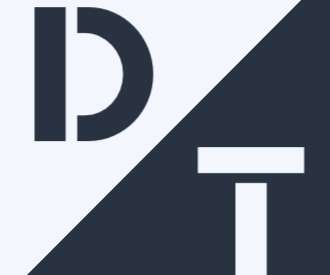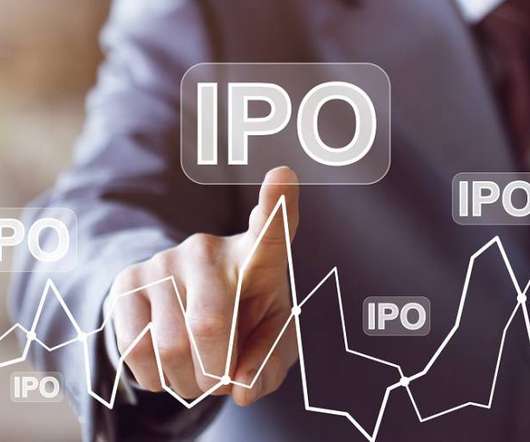Startup Stock Options – Why A Good Deal Has Gone Bad
Steve Blank
APRIL 10, 2019
We slept under the tables, and pulled all-nighters to get to first customer ship, man the booths at trade shows or ship products to make quarterly revenue – all because it was “our” company. Not everyone got the same amount of stock. The founders got most of the common stock. Today, that’s not true.










































Let's personalize your content